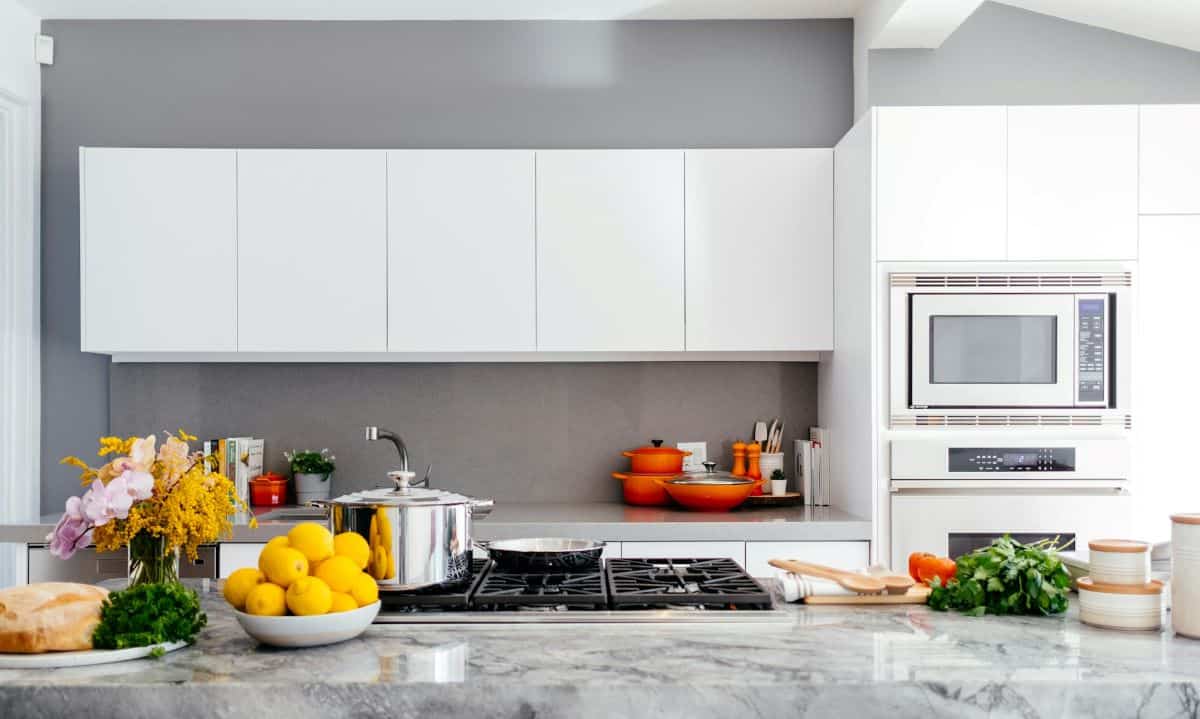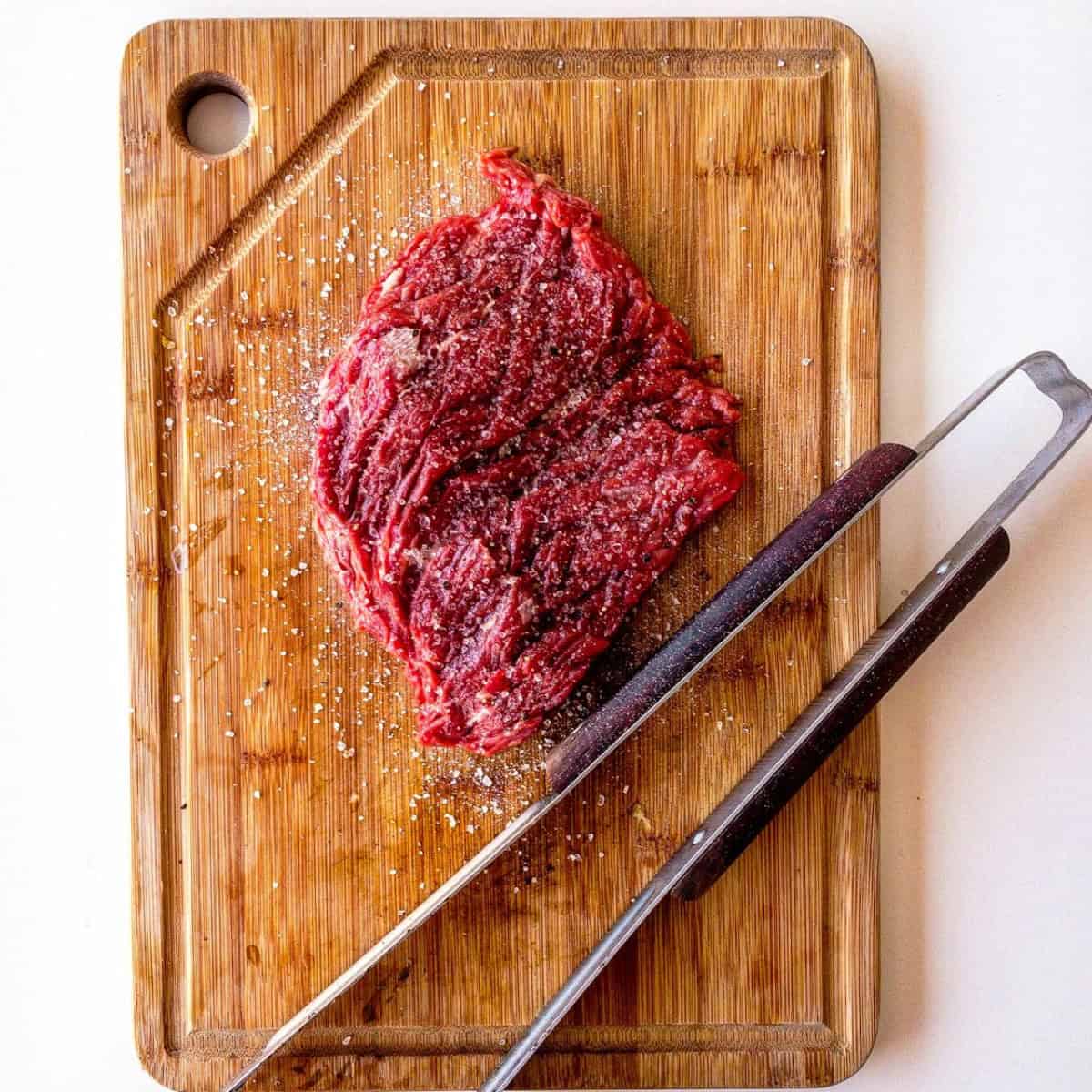Base cabinets are an essential part of the functionality and look of the space when starting a kitchen renovation or design project. They make up the base for kitchen countertops and shape the overall storage functionality.
Choosing the right height and depth of base cabinets is a thoughtful process that considers kitchen users' needs.

An Overview of Standard Sizes
Kitchen base cabinets for the pantry are a practical and stylish addition to any kitchen. They offer ample storage while maintaining a timeless aesthetic. These pantry cabinets enhance kitchen functionality, catering to various user needs while blending seamlessly with modern and traditional kitchen designs.
Ergonomics and User Comfort
First, the base cabinet dimensions should consider ergonomic factors. Cabinet heights should match the expected kitchen users' reach to allow easy access to items with no strain. However, tall people may prefer slightly higher cabinets, or even a tall cabinet with doors, and shorter users may benefit from somewhat lower cabinets.
Depth also makes a difference. Armless provides such flexibility in terms of accessibility and storage, as deeper cabinets have more storage, but reaching the item at the back may be a bit complicated. Ergonomics, a key component of excellent cooking appliance design, enhances operation and promotes better, more enjoyable cooking.
Kitchen Layout and Design
Base cabinet sizes must go with the overall kitchen unit layout and design. The cabinets for an open-concept kitchen will have different dimensions than those for a galley-style layout. Thoughtful placement of base cabinets based on available space, traffic flow, and location of appliances ensures that base cabinets flow seamlessly into the kitchen's overall design.
Shallower cabinets are a beneficial choice for smaller kitchens where every inch helps, keeping floor space free to maneuver. On the other hand, if the kitchen is more significant, deeper cabinets may be entirely without compromising the open look that a kitchen can express.
Organizational Space Requirements
Every home has different storage needs; customizing the cabinet dimensions makes it more appealing! Understanding the unique kitchen storage requirements allows designers to develop the best heights and depths of base cabinets. Most regular cooks might want deeper cabinets for pots and pans, whereas those who bake a lot would like taller cupboards to suit baking sheets.
Organizational elements such as pull-out shelving, lazy Susans, or dividers can also maximize storage space. Such additions often depend on the base cabinet dimension, as they need some space to be effective.
Aesthetic Considerations
Aside from function, much of the choice in base cabinet sizes is aesthetic. Overall, cabinets carry high visual weight, influencing the perception of a kitchen. Opting for measurements that stimulate the type and design style of the kitchen area assists you with making a unique and attractive area.
In a more basic, minimalist kitchen, standard-sized cabinets with sleek, tidy lines may only help promote a clean look. Or, you could place taller or deeper cabinets with a decorative design in a rustic or farmhouse-looking kitchen to create beauty and appeal.
Budget and Materials
How much these will be in the kitchen design expenses budget varies from person to person. Standard cabinet dimensions save you money as they follow mass production. However, specialized manufacturing processes for different cabinet sizes can ramp up costs.
The material selection also affects the budget. Although quality materials such as solid wood or stainless steel increase costs, they ensure durability and longevity. Considering the budget and the required style and quality helps you make a favorable cabinet decision regarding practicality and satisfaction.
Choosing base cabinet heights and depths is as much an art as a science. Standard dimensions - or general guidelines - are valuable as a baseline. Still, your preferences, ergonomic and wear and tear factors, kitchen configuration, storage requirements, and budget ultimately need to play a role in your choice. By carefully analyzing these elements, the selected base cabinets ultimately contribute to a kitchen environment that is as functional as it is aesthetically pleasing, serving the needs of those who use it and their tastes.





Leave a Reply